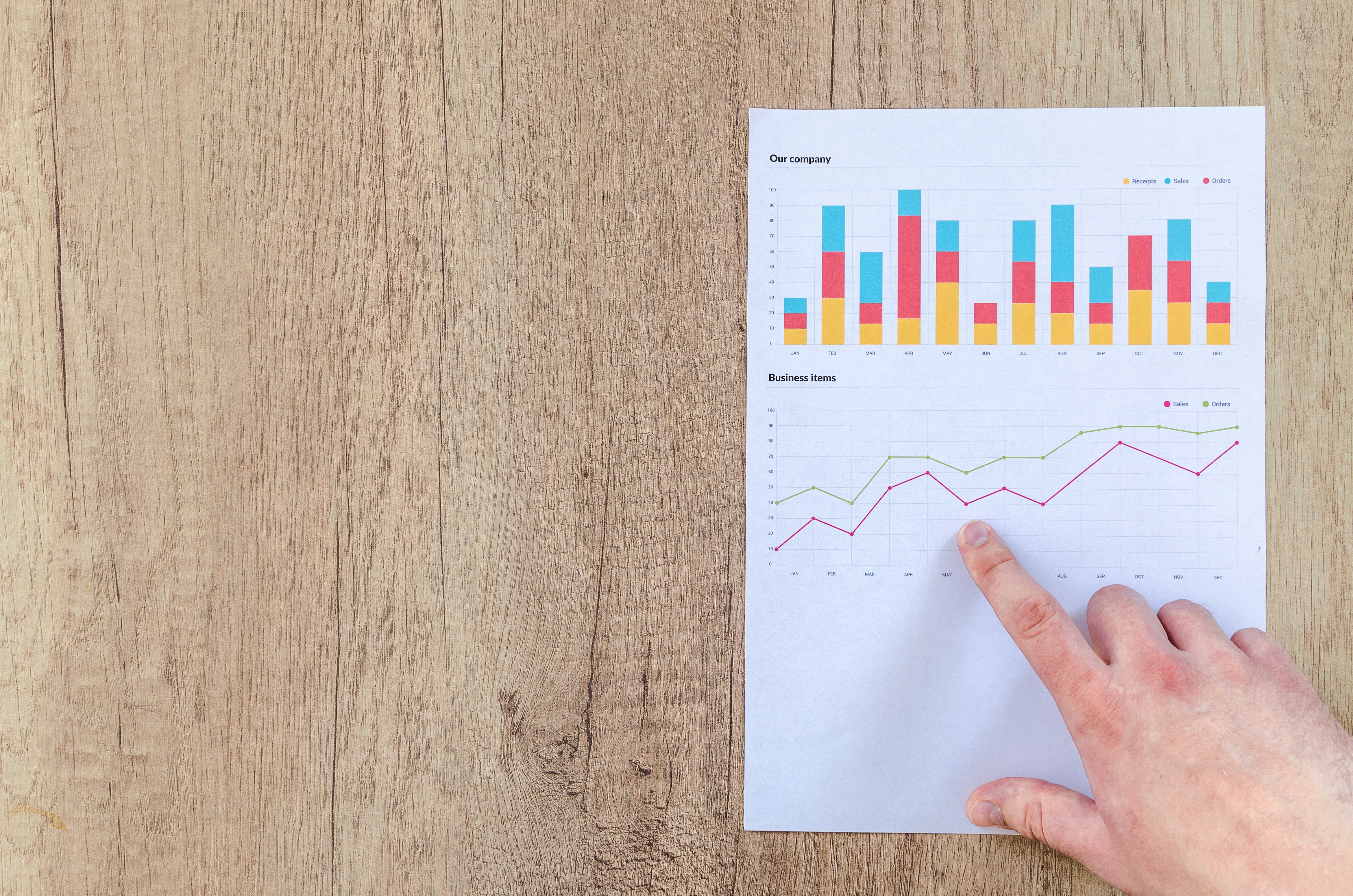What are social media analytics?
Social media analytics are gathering data from social media platforms and understanding them to help businesses decisions. They are mainly used to measure the performance of social media content through the concept of social listening and monitoring.
Social media remains one of the most influential sources of information for the majority of people worldwide. Since the world has become mobile-first, everyone can now generate and share content in a matter of seconds. Marketers must accelerate their social media analytics efforts to stay on the same page as their audiences.
Most brands use social media platforms as one of the marketing channels, forgetting that the main reason why people use these platforms is to communicate. You might argue that social media has become overly commercialized, as you can now buy directly from Instagram, for example, using Instagram shopping tags. However, the actual value, which may be less obvious at first glance, is the consumer insights brands can discover using social media listening tools.
Not only do people post reviews on products and services in their social feeds, but they also share consumption moments, even without realizing it. Tracking this data is essential for brands who want to meet the demands of their target audience and better appeal to prospective consumers.
So, what are the key elements of listening to your audiences like a pro? In this article, you’ll learn how to use social media monitoring to improve your business processes.
1. Get to know your audience better
As a marketer, you probably want to tailor the perfect marketing messaging that will make your audience believe you can read their minds and truly understand their needs. Also, as a marketer, you should know that the process of learning about your consumers is never-ending. At the early stage, brands must ensure that their hypotheses about “the buyer persona” were correct and that the people they are targeting truly need the product or service.
But what information should you analyse? And how?
The most common method is to start with general information such as demographics including geography, age, and gender. Even if this information appears to be obvious, it can serve as a foundation for further research of the situation. Social media is the ideal place to obtain all the listed information, as it is the primary platform where people share their lives, including their experiences with various brands, products, and services. There are a number of paid and free services that gather this information and format it for you in a easy to interpret report.
2. Discover your strengths and weaknesses
The first and most basic yet significant metric is sentiment. Using machine learning technology, social media analytics tools are getting better at understanding the context of a sentence and automatically assigning sentiment to each post, which can be positive, negative, or neutral. This allows brands to monitor shifts in audience attitudes and respond quickly.
Monitoring spikes in mentions and their sentiment is vital, but it’s even more important to understand the reasons behind these changes. Knowing what exactly causes this or that feeling in your consumers is critical to improving their entire experience and increasing your company’s performance.
3. Compare your brand with your competitors
Aside from monitoring their own performance, marketers are always looking for ways to learn about their competitors’ metrics, and social media listening is an excellent tool for gathering this data. Of course, you won’t get “secret” information, but understanding how your brand compares will help you create your strategy and adapt to significant shifts in your competitors’ methods.
Bottom Line
As you can see, social media listening tools have progressed well beyond simply gathering brand mentions and can now deliver extensive data to marketers.
Whether you’ve decided to try social media listening to improve your business or already have a software in place, it’s critical to select a vendor who can cover all use-cases and deliver actionable insights.
Below, you'll find a list of the top social listening tools on the market. When selecting “the right one,” make sure you’ve double-checked all the capabilities that a tool may provide you.
- Hootsuite
- Google Analytics
- Hubspot
- Buffer
- Sprout Social

